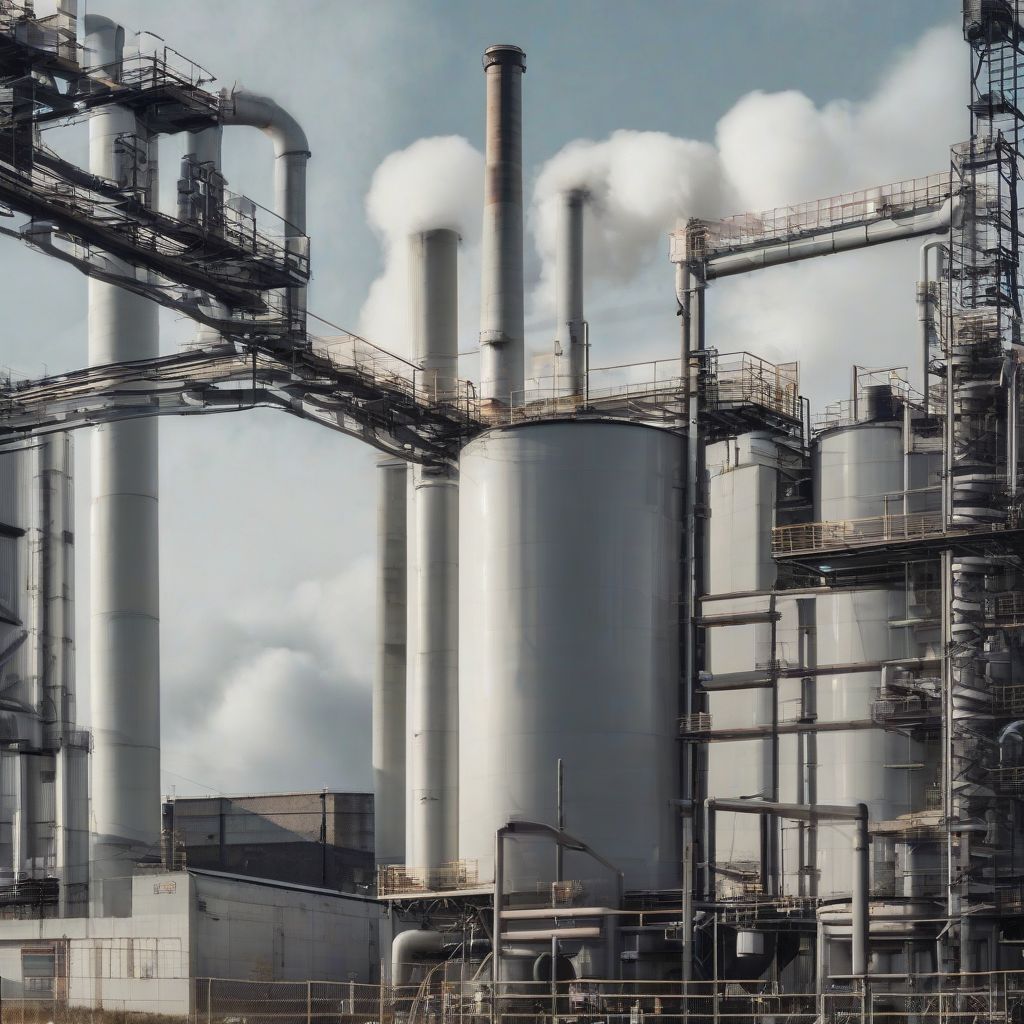Unlocking Industrial Efficiency: A Deep Dive into Cherry’s Industrial Equipment

The modern industrial landscape thrives on efficiency, driven by cutting-edge technologies and robust equipment. At the heart of this progress lies a critical factor: specialized industrial equipment. Among the many players in this sector, “Cherry’s Industrial Equipment” has emerged as a name synonymous with quality and innovation. While the exact company named “Cherry’s Industrial Equipment” might not exist in the vast industrial landscape, this article uses this fictional entity to explore the importance of industrial equipment within the broader context of energy, gas, and related industries.
This deep dive will explore the multifaceted world of industrial equipment, focusing on how it intertwines with gas, energy, and various industries.
Understanding the Backbone: Industrial Equipment and its Significance
Industrial equipment encompasses a broad spectrum of machinery, tools, and apparatus used across various industries. From heavy-duty machinery in manufacturing plants to intricate systems used in energy production, these tools are the backbone of modern industrial operations.
The Crucial Role of Industrial Equipment
- Enhanced Productivity: Industrial equipment enables automation and streamlines processes, leading to significant improvements in productivity.
- Improved Safety: By automating tasks and implementing safety features, industrial equipment minimizes risks and ensures a safer working environment.
- Product Quality: Specialized machinery ensures precision and consistency, resulting in higher-quality products.
 Industrial Robotic Arm
Industrial Robotic Arm
Exploring the Interplay: Industrial Equipment in Gas, Energy, and Beyond
The connection between industrial equipment and the sectors of gas and energy runs deep.
Oil and Gas Exploration and Production
- Drilling Rigs: These massive structures, equipped with powerful drilling systems, are essential for extracting oil and gas from deep underground.
- Pumps and Valves: Sophisticated pumping systems transport crude oil and natural gas, while high-pressure valves regulate the flow and ensure safety.
Energy Generation
- Turbines: Gas and steam turbines, driven by the combustion of fuels or nuclear reactions, are used to generate electricity in power plants.
- Boilers: Industrial boilers produce steam for various applications, including power generation, heating, and industrial processes.
Beyond Traditional Energy
- Renewable Energy Systems: The rise of solar, wind, and hydroelectric power relies heavily on specialized equipment for harnessing and converting renewable sources into usable energy.
- Energy Storage Solutions: Industrial-scale batteries and other energy storage technologies are becoming increasingly crucial for grid stability and reliability.
FAQs: Addressing Common Queries about Industrial Equipment
What are the key factors to consider when selecting industrial equipment?
Choosing the right industrial equipment is crucial for operational success. Key considerations include:
- Specific Industry Needs: The type of equipment should align with the specific requirements of the industry and application.
- Efficiency and Performance: Prioritize equipment that offers optimal energy efficiency, high performance, and minimal downtime.
- Safety Features: Ensure the equipment has robust safety mechanisms to protect workers and prevent accidents.
- Maintenance Requirements: Consider the ease of maintenance, availability of spare parts, and overall lifecycle costs.
What are the latest trends shaping the industrial equipment market?
The industrial equipment landscape is constantly evolving. Some notable trends include:
- Automation and Robotics: The integration of automation and robotics is revolutionizing industrial processes, leading to increased efficiency and precision.
- Industrial Internet of Things (IIoT): Connecting equipment to the internet enables data collection, analysis, and remote monitoring, optimizing operations and predictive maintenance.
- Sustainable Technologies: There’s a growing demand for eco-friendly equipment that reduces environmental impact and promotes sustainability.
Ensuring Efficiency and Longevity: Maintenance and Safety
Investing in high-quality industrial equipment is just the first step. Proper maintenance and adherence to safety protocols are equally critical.
Maintenance Best Practices:
- Regular Inspections: Implement a schedule for routine inspections to identify potential issues before they escalate.
- Preventive Maintenance: Adhering to manufacturer-recommended maintenance schedules helps prevent costly downtime and extends equipment lifespan.
- Timely Repairs: Address any malfunctions or breakdowns promptly to minimize disruption to operations.
Prioritizing Safety:
- Training and Education: Provide comprehensive training to employees on the safe operation and handling of equipment.
- Safety Procedures: Establish and enforce strict safety protocols and guidelines for all personnel working with or around industrial equipment.
- Personal Protective Equipment (PPE): Ensure that workers are equipped with and utilize appropriate PPE to minimize risks.
Conclusion: Navigating the Future of Industrial Efficiency
The realm of industrial equipment is dynamic, constantly evolving to meet the demands of a rapidly changing world. While “Cherry’s Industrial Equipment” may be a fictional illustration, it serves as a reminder of the critical role this sector plays.
As industries continue to seek greater efficiency, sustainability, and innovation, the demand for advanced, reliable industrial equipment will only intensify. By embracing technological advancements, prioritizing safety, and investing in robust equipment, industries can unlock new levels of productivity and propel themselves towards a more efficient and sustainable future.


Leave a Comment